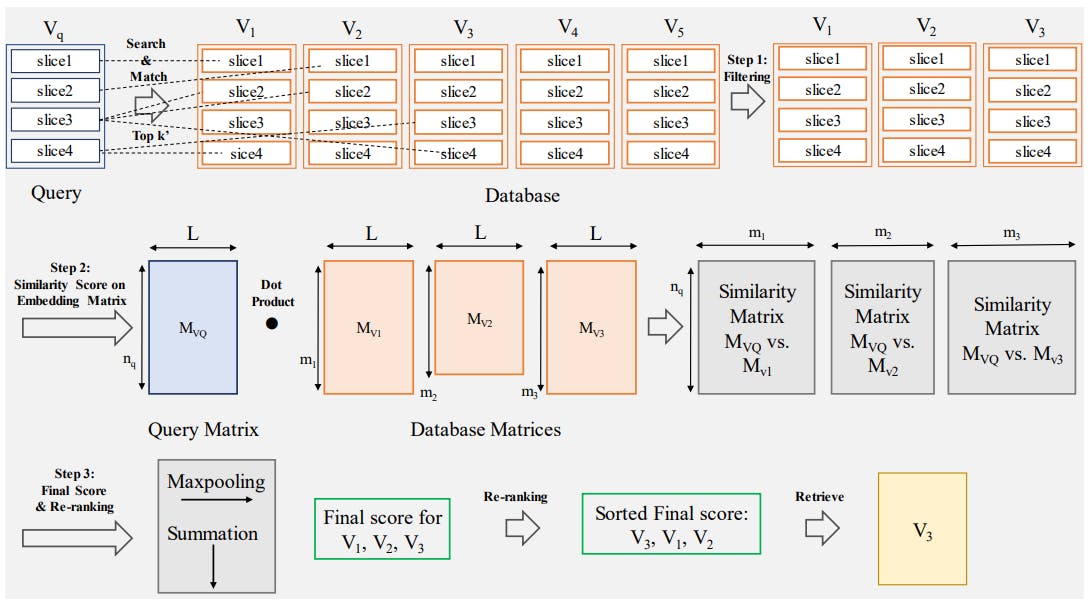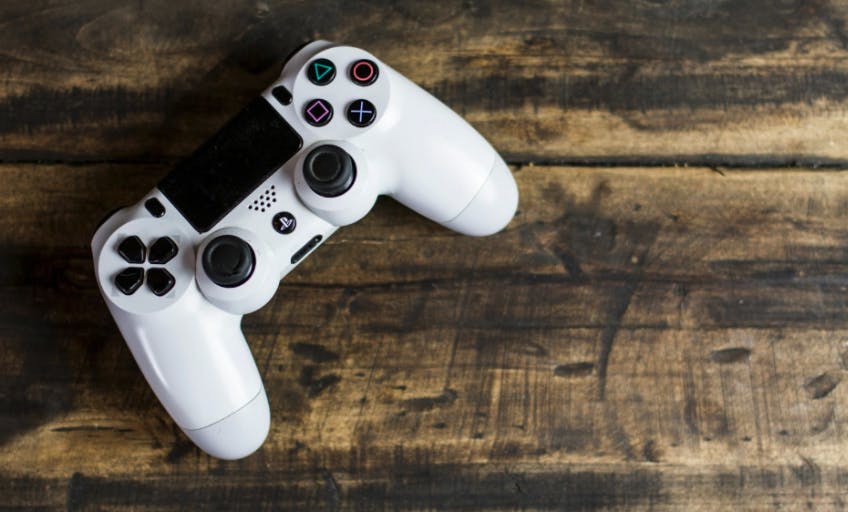The Pixel lineup has always been seen as the purest expression of what Android could be, but after using recent generations, I don’t think Google’s phones deserve that reputation anymore.
4
Recent Pixels have been plagued by reliability issues
Many recent Pixels have suffered from widespread hardware problems, and this isn’t just me pointing to a few Reddit complaints or having an isolated bad experience. These problems have been so consistent that even Google has acknowledged them.
Google has had to launch extended repair programs for at least one phone in every generation from the Pixel 5 series to the Pixel 8 series, usually because of battery or display issues. That’s four consecutive generations with problems serious enough to require a dedicated repair program.
I wouldn’t be surprised if similar problems show up for the Pixel 9 or Pixel 10 series in the coming years. Until Google proves it can make phones that last more than 2 or 3 years without major issues, it’s hard to recommend one.
Even aside from these issues, everyone I know who owns a Pixel has complained about the cellular modem not being great. This is because of both reception issues and the battery draining quickly while using mobile data. All told, Google has a lot of work to do on the hardware side.
3
The hardware is still lagging behind competitors
The Pixel has always been a software-first phone, and for the most part, that was fine. Google’s Tensor chips were never competing with the strongest offerings from Apple or Qualcomm, but it didn’t matter as much when you were getting an almost flagship-like experience at a much cheaper price.
The Pixel 7 launched at $599 and was arguably the best phone you could buy in that price segment. It didn’t have the cutting-edge hardware of the iPhone or Samsung flagship of the time, but the lower price and the amazing software features more than made up for it.
But that balance doesn’t exist anymore. The Pixel 10 and Pixel 10 Pro now start at $799 and $999 respectively, putting them in the same price bracket as flagships from Samsung and Apple. At that cost, the value proposition vanishes.
For context, Google’s new Tensor G5 chip actually performs worse in benchmarks than the four-year-old iPhone 13. On top of that, there are other compromises, like sticking with slower UFS 3.1 storage even on the base Pro model, or downgrading the camera sensors on the regular Pixel 10 compared to the previous generation.
If I’m spending flagship-level money, I expect flagship-level hardware. No amount of software features can make up for that.
2
Pixel-exclusive features rarely stay exclusive
As I mentioned, the Pixel has always been a software-first phone by design. One of the biggest selling points of the original Pixel was unlimited cloud storage for photos and videos. But these days, Google is happy to bring its features to other devices as well.
For instance, you can use Google’s Magic Eraser feature on other Android devices or even iPhones. And all the Gemini features that Google spends hours showcasing in its events work just as well on my Samsung phone.
That said, a few features, like Call Screening, are still exclusive to the Pixel. But most of these features eventually show up elsewhere in the form of alternatives.
For example, Apple announced its own versions of Circle-to-Search and Call Screening as some of the features in iOS 26. When you’re getting the same features or alternatives built right into the OS, the Pixel line has definitely lost what was its biggest charm.
1
Pixel cameras are no longer the undisputed best
I used to recommend a Pixel to anyone who cared about cameras. Even in MKBHD’s blind camera test, the budget-friendly Pixel 7a managed to beat phones that cost much more. Google still has an edge in software processing, but with every new generation, it feels like the company cares less about the cameras and more about pushing AI, leaving real smartphone camera innovation behind.
Instead of meaningfully improving the hardware, Google seems to be taking shortcuts by relying on AI to fix photos and videos after the fact. Each year, the spotlight is on generative AI tricks like describing edits to Gemini or Video Boost, which means all your photos end up on Google’s servers since these features require the cloud.
It’s no longer about how good the photos look when I pull out my phone and snap a shot. Instead, Google is focused on layering in a bunch of features that try to rescue an otherwise average photo. That whole “fix it in post” mindset only works to a point.
This situation has gotten so stagnant that I find myself preferring iPhone photos now. That’s something I wouldn’t have believed two years ago, given how much I’ve always disliked Apple’s heavy-handed HDR processing.
While there are still reasons to get a Pixel, I’d recommend sticking to Samsung. You end up with most of Google’s features anyway, plus hardware that actually feels like it’s worth the price. Right now, if you want the real Android experience, it’s Samsung leading the way—not Google.












